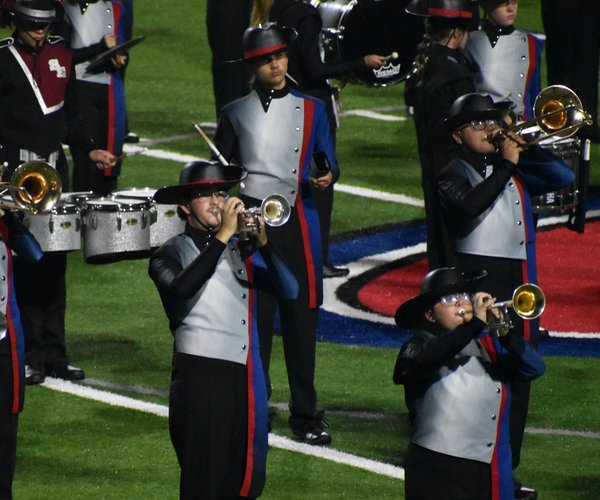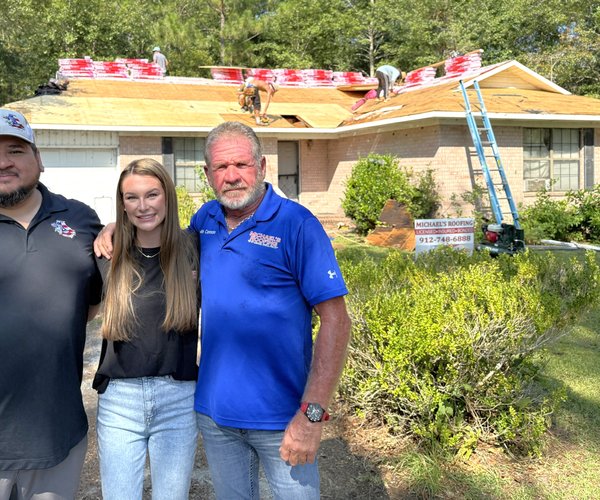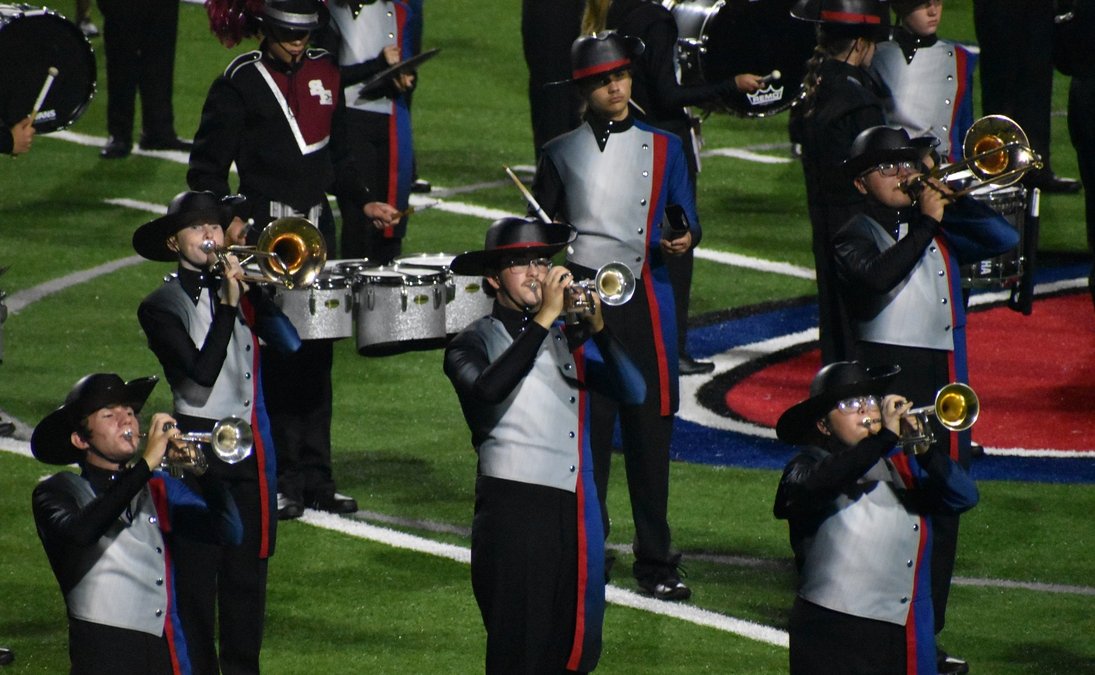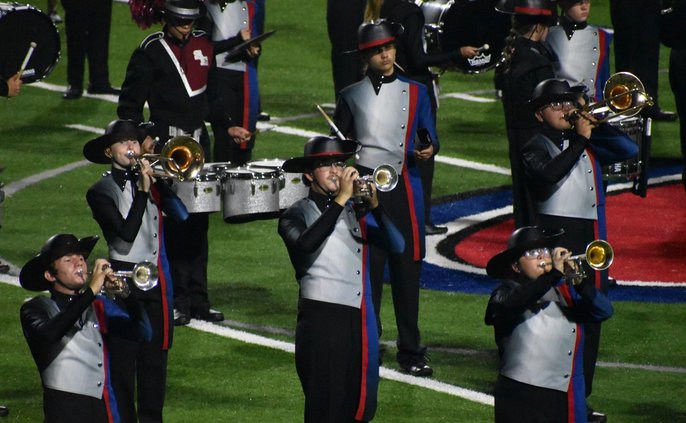Fire fees in Springfield could be on the rise after city council members agreed to a new set of rates.
Council members are expected to adopt formally a new set of fees that will charge residences $60 a year and place a rate of 3 cents per square foot on commercial properties, with a minimum of $150 for a base charge. Those fees are projected to generate $103,788.87, leaving a gap of $9,211.13 for the city to cover its portion of its fire department funding.
“These fees and water-sewer rates are all a result of state and federal legislation,” said City Manager Brett Bennett. “It’s a necessary evil. You have made an effort to revitalize downtown and there are costs, and there are costs to the fire department.”
Council members had discussed flat fees for both residential and commercial properties, assessing residences $55 a year and commercial properties $235 annually. Council members opted to reconsider the plan.
Mayor Barton Alderman initially opposed fees based on the square footage of a building, favoring a fee based on a property’s value.
“I had said I didn’t like square footage,” he said. “I’m convinced the only way to do it is this, based on square footage.”
Council members went through several iterations of the fire fee proposal, including one that put the residential fee at $70 and charged commercial properties at 2 cents per square foot, with a minimum fee of $150. In order to come up with the $113,000 needed to fund the fire department, the commercial rate would have to be 4.5 cents per square foot, should the residential rate be $55 annually.
“There is no perfect formula,” said council member Steve Shealy.
Said council member Gary Weitman: “This has been hashed all kinds of ways.”
The shortfall between the fire fees revenue and the fire fees needed could be taken from the general fund. With one mill of property tax generating just less than $54,000, the property taxes needed to cover that would be an additional .17 mills.
“Everything you put up there, there’s an argument for it and an argument against it,” Alderman said. “If you take it from one place, it has to come from somewhere else.”
Bennett said the city has reserves from which it can pull and may even run a surplus this year.
“I dislike having to increase any higher than $55 for residential,” Shealy said. “Going through the budget, it looks like it’s been sliced already. The growth in our city has been very minimal. I hate seeing any shortfall.”
The city has been trying to strike a balance between the amounts charged to residential, commercial and tax-exempt properties. Bennett said the city could raise its millage to cover the entire $113,000, which would mean a hike of 2.09 mills.
“If we go with the millage rate, tax exempt gets off free, and that’s what we’re trying to avoid,” said council member Charles Hinely.
The biggest commercial property in Springfield, Harvey’s Supermarket, is 47,000 square feet and would face a fire fee of $1,410 under the 3 cents per square foot rate. Downtown Springfield’s largest commercial property, Walt’s Furniture, would have a fire fee of $750.
“It’s going to hit one downtown business hard, very hard,” said council member Kenny Usher.
Springfield Fire Chief Travis Zittrouer said it likely will be a year before the city will ask to have its ISO rated, and he is hopeful the ranking can be reduced from a 6 to a 4. Doing so, he estimated, could lower homeowners’ insurance rates from $175 to $300 a year.
“We’ve gone from an all-volunteer fire department to a paid professional fire department, which will allow us to go from a 6 to a 4. In the long run, it will be cheaper to pay for a fire department than to pay for insurance,” Bennett said.
Commercial properties won’t see a significant savings until the ISO reaches a 3, Chief Zittrouer said.
“Once you get to that 6, it’s tough to get to a 4,” he said. “A 4 is the maximum benefit for our residential customers. A commercial customer won’t see much benefit until we get it down to an ISO 3. It’s going to be extremely costly to drop commercial.”
Bennett also estimated that 25 to 30 percent of the fire department’s calls are for brush fires, and the city and county need to find a way to address those costs.








